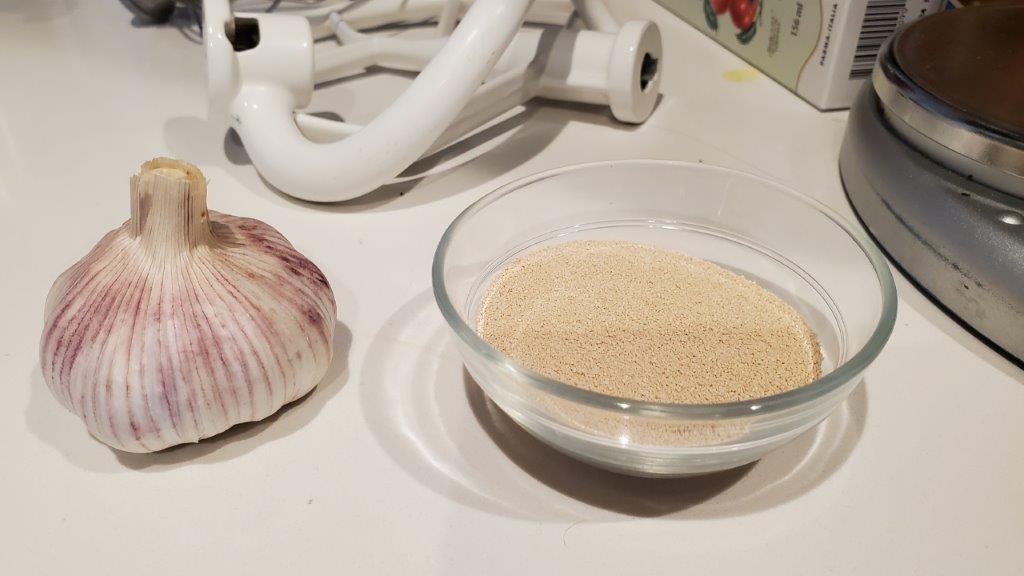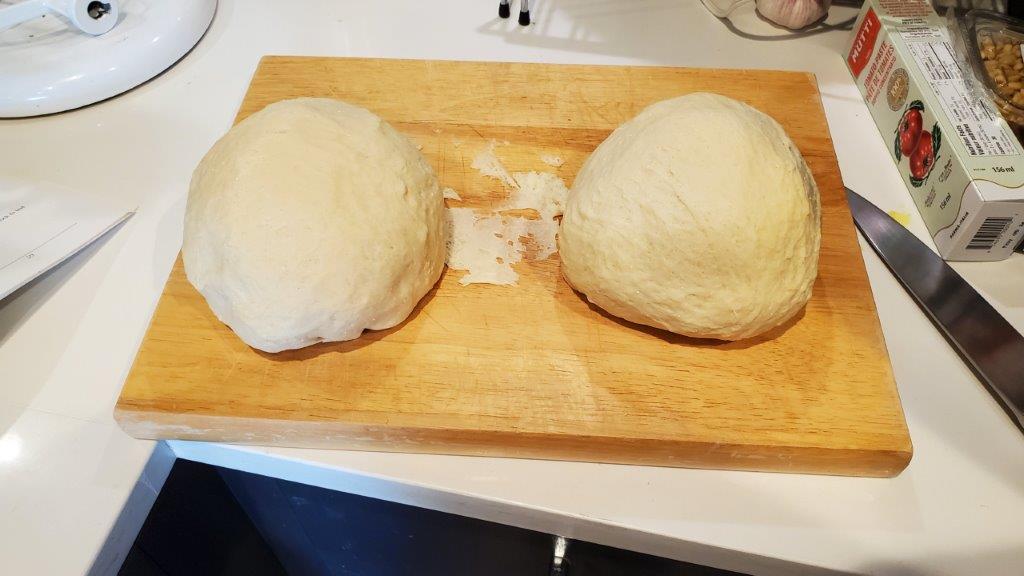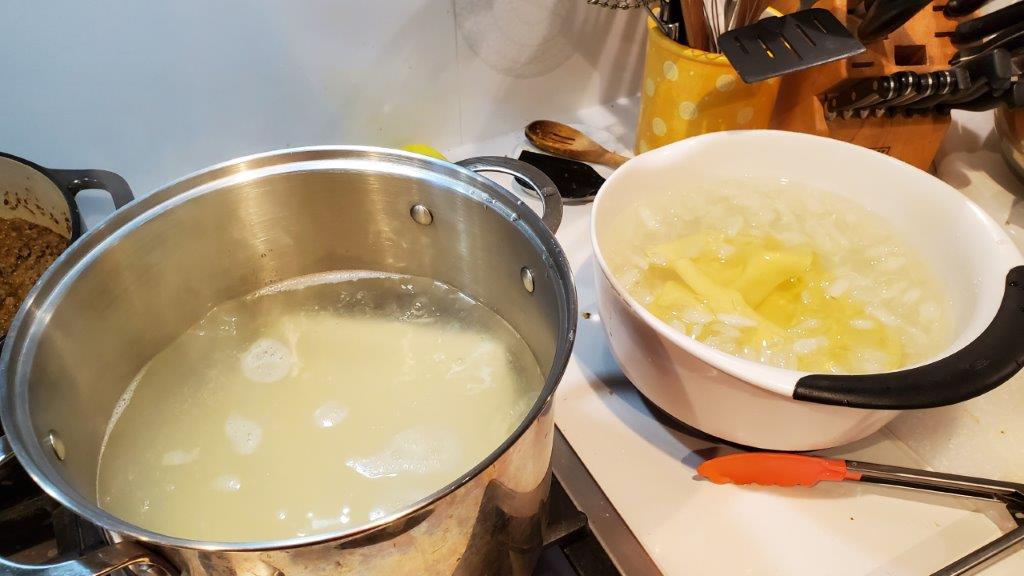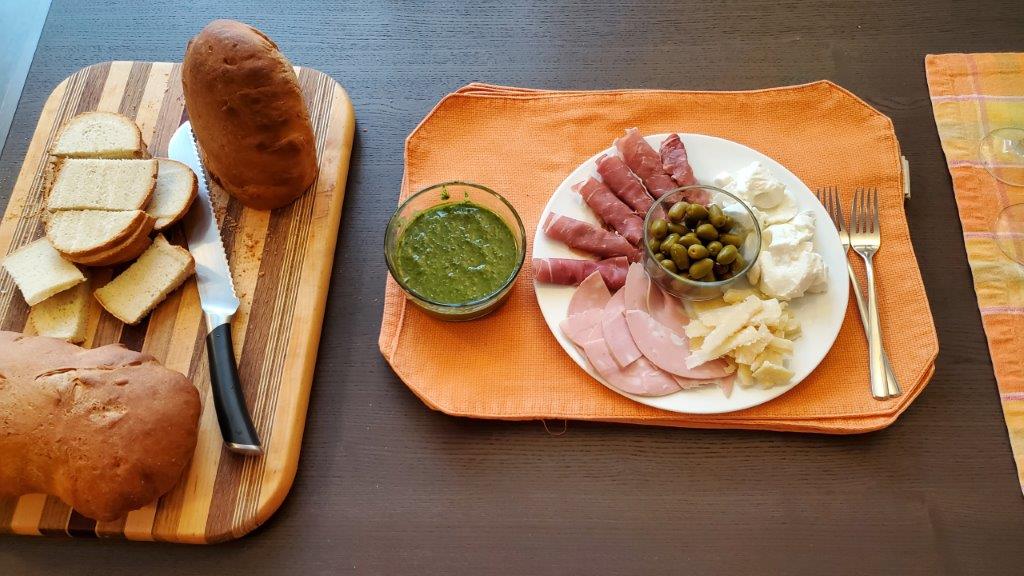When Leigh was in college, some of her friends had a really dumb game called “Tour de Beer.” They would go to the crappy campus bar, and attempt to work their way all the way across the taps, having one of each beer. This being a crappy college bar, the taps started easy – Budwiser, Miller Lite, etc.
But in the middle, there was a bit of a roadblock… Guinness, followed by Bass. Not exactly Pappy Van Winkle, but definitely tough to just power through.
I bring this up, because we started the “I”s on this blog last MAY, and it seems likely they’ll take a full year. The “I”s have a LOT of countries that can’t be easily condensed – India, Indonesia, and now Italy. But I’m sure the “J’s will… Oh right – Japan.
We are ONLY making one meal for Kiribati, no matter what, OK?
Let’s get started. There’s some broad generalizations you hear about Italy – the north has more butter, the south has more olive oil; the north has more beef, the south has more pork; the north has more Ligurians, the south has more Sammites. My notes may be a little out of date.
For the north we decided to make a Lasagna Bolognese, a version of this dish characterized by a slow simmered meat sauce with very little tomato. We would accompany this with a loaf of Tuscan bread, some Genoese pesto, and a few different antipasti.
Let’s start with the bread, since that had to be started the night before. Tuscan bread is notable for containing no salt, for historical reasons that I have no idea if they are made up or not. In order to break down the gluten a sponge is made by soaking flour in water overnight, to make a bit of a mush:

Once it’s had a nice long soak, you add in the rest of the flour, and the water that I’m PRETTY sure should have been called for in the recipe, but wasn’t. Also a LOT of yeast. (garlic for scale)
Turns out if you break down the gluten overnight, even though you no longer have any salt to slow the yeast down, you still need a lot of it to overcome that lack. It’s a weird balancing act. It also has a VERY long knead time, which was not aided by the fact that our Kitchenaid overheated after the first minute. Arm day!
A few rises and shapings later, we had some nice loaves. The final product will be at the end.
Next up, Bolognese sauce! You start by making a soffritto consisting of carrots, celery, and onions, processed pretty fine.
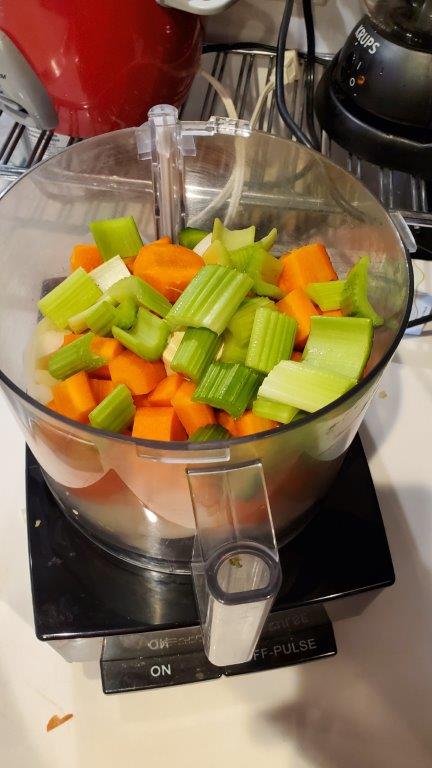
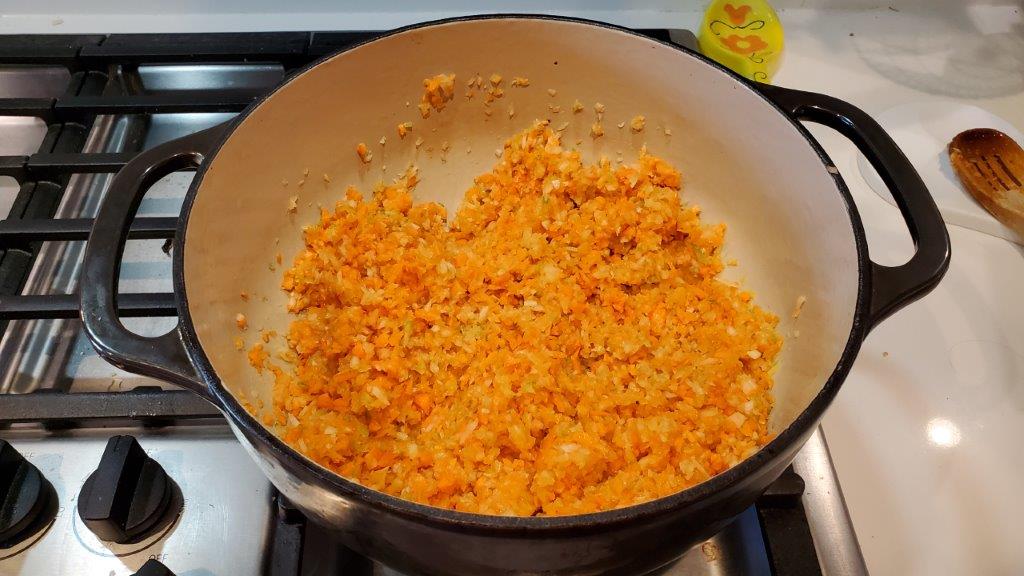
Once that’s cooked down, in goes half the meat. This is a trick to allow you to get some nice browned flavor without drying out ALL of the meat. Since I had gone to an Italian grocery store with an excellent deli counter, we went with the fancy option of 1/2 beef, 1/4 pork, and 1/4 veal.
The meat does get a LITTLE tomato paste.
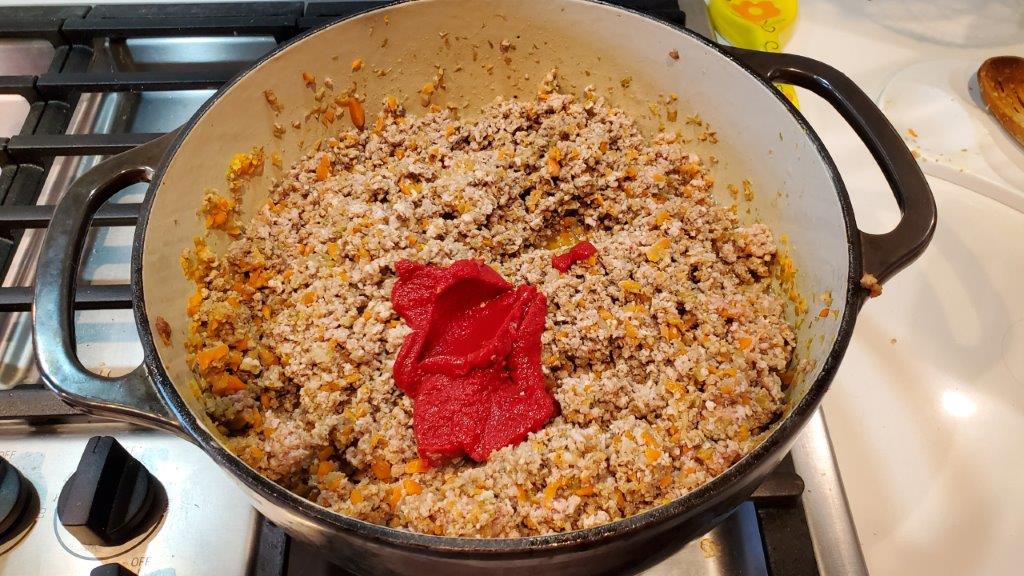
It also gets wine. When I went to the liquor store to look for something Italian that wasn’t too expensive to put in a sauce, but wasn’t too cheap to drink the rest of, the associate recommended a nice Chianti.
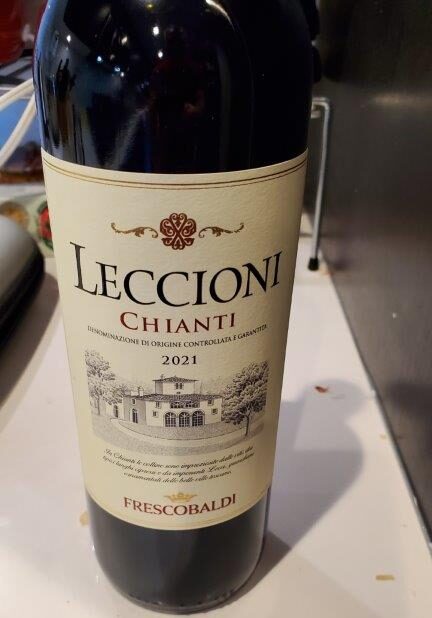
In conversation, they also mentioned that the movie “Sideways” had caused sales of Merlot to drop measurably. I just hope that “Silence of the Lambs” did NOT have a corresponding positive effect on sales of Chianti.
Anyway, let’s finish this ragu. It should ideally be hydrated with homemade stock, but failing that, we used store bought with a few packets of gelatin added. And with that, it just goes on the stove to simmer for three hours.
However, there is another sauce in a classic lasagna Bolognese, and that’s a creamy Béchamel. Frankly, ours never thickened, and I’m not sure it actually added anything to the final dish. But we made an attempt.
For the final assembly, we had purchased fresh lasagna noodles, and then had to contend with the massively contradictory opinions as to whether they should be cooked or not. We opted to boil them very briefly and then shock them in ice water.
This seemed a reasonable middle ground between the package directions of “4-6 minutes” and the more common internet consensus of MAAYBE put them in the same room with some lukewarm water.
And then it was time to build the thing. Sauce, noodles, béchamel, Parmesan and on and on…
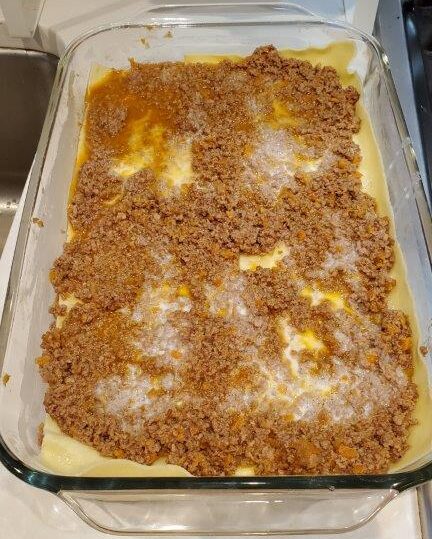
Lasagna in the oven, it was time to make pesto. It was brought to my attention last time that we made an incorrect characterization of the price of pine nuts, by comparing them to Neodymium. Although it depends on where you source the Neodymium, and what form you get it in, it does appear this was a bit excessive.
Pine nuts, in fact, ONLY cost as much by weight as Holmium. Glad we got that sorted out.
Anyway, here’s the pesto in process.
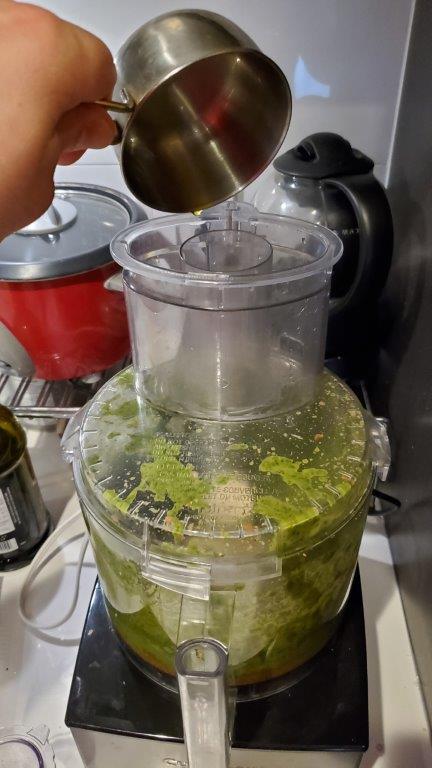
And here’s the pesto, the bread, and the rest of our antipasti:
Not a bad spread, huh? In addition to the bread and pesto, the plate on the right contains mortadella, Prosciutto Di San Danielle, Parmigiano Reggiano, mozzarella, and olives. The olives are from Peru, but we had them lying around, and they were a perfectly reasonable thing to add.
The bread was just as unsalted as advertised, but the texture came out perfect for soaking up the pesto.
And what about the lasagna?
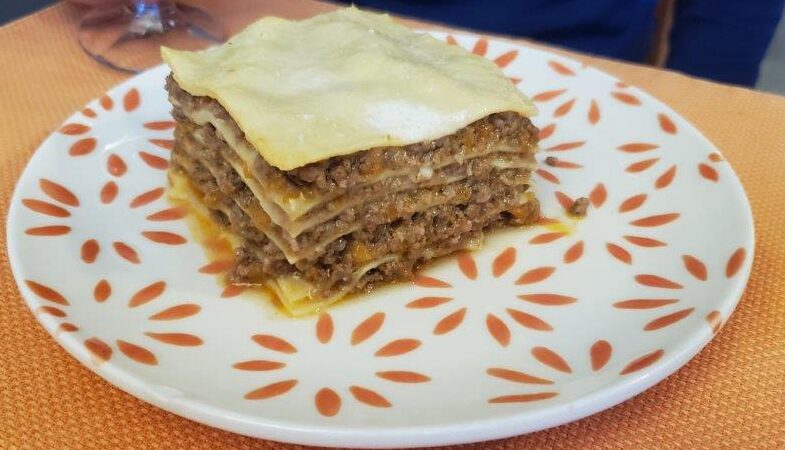
Gotta say, we were pretty happy with that. And the actual Italian person we invited over confirmed that this was a reasonably authentic approach to a Bolognese style Lasagna.
Said Italian person ALSO provided us with dessert!
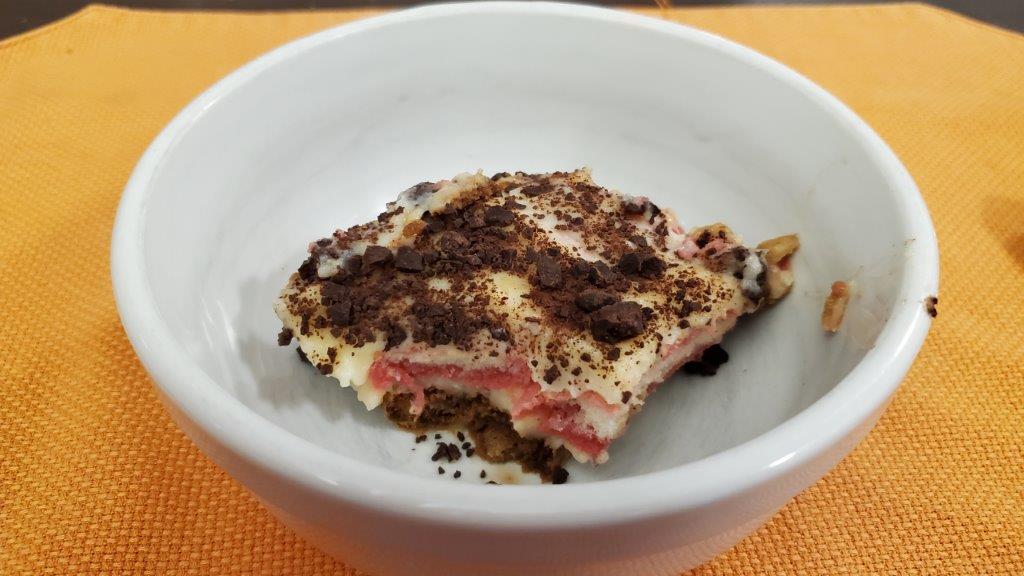
This is an ancestor of Tiramisu called Zuppa Inglese or “English Soup.” “Soup” was apparently a relatively generic term in Italian cooking at one point that just referred to things soaked in other things. This particular trifle contains sponge cake or ladyfingers dipped in a liquor that originally got its bright red color from insect wings. And then the “English” part may or may not have been a dedication to Lord Nelson. Take that, Napoleon!
And that’s our first Italian meal! The plan is two more – the south, and then back to my Sicilian roots. Thanks to our guests for coming out and bringing dessert!
Recipes:
Basic Ragu Bolognese
Lasagna Bolognese
Genoese Pesto

